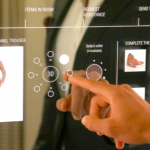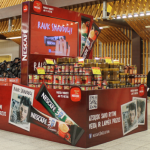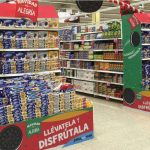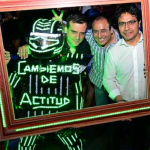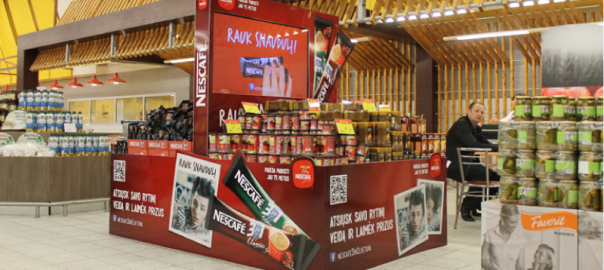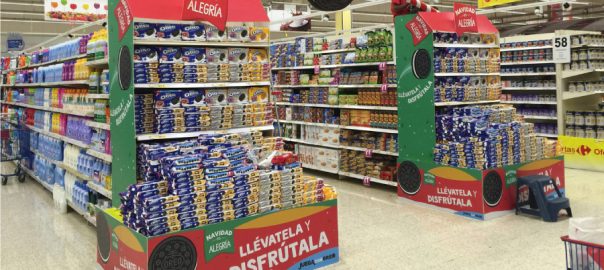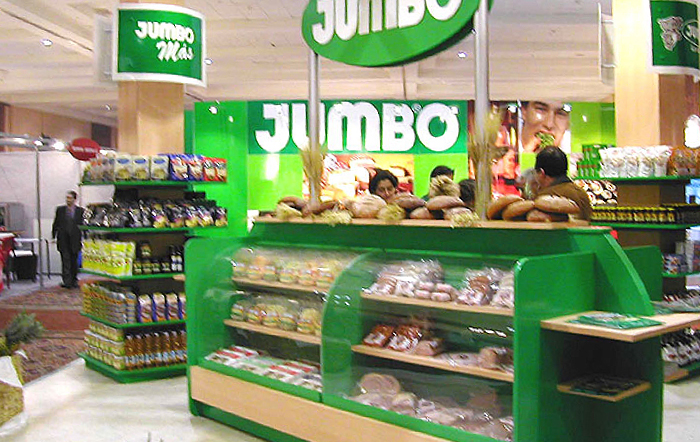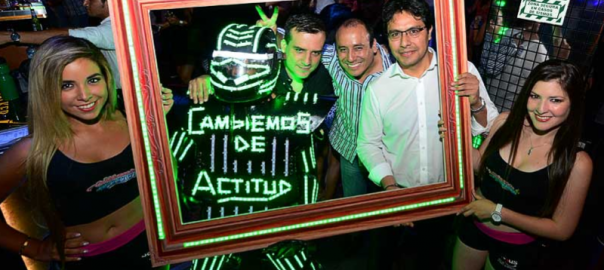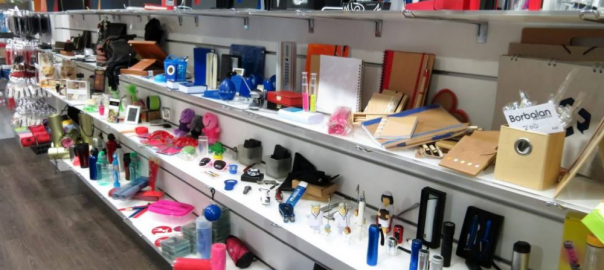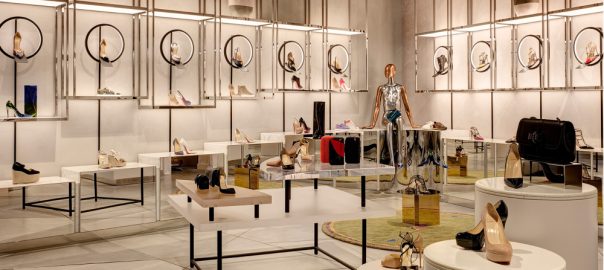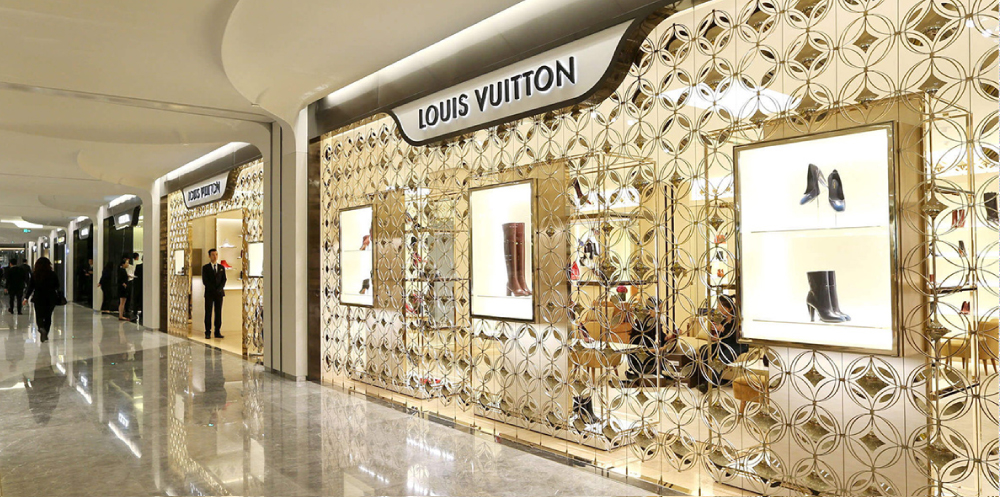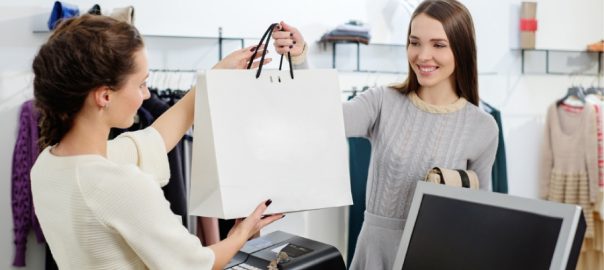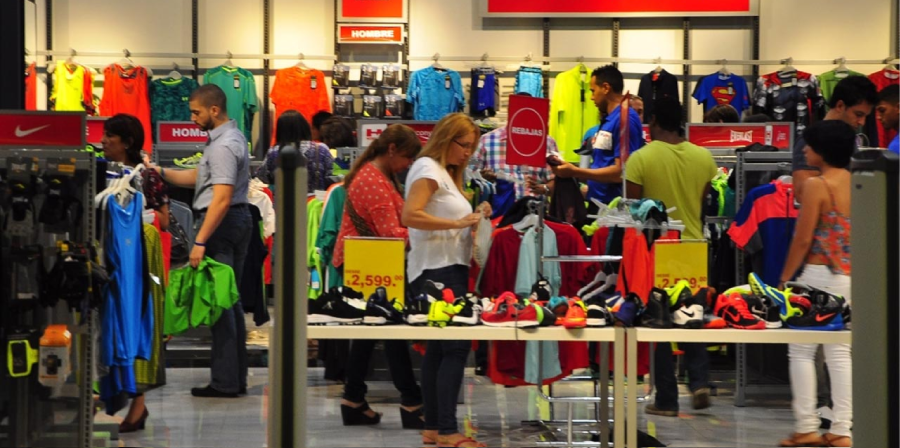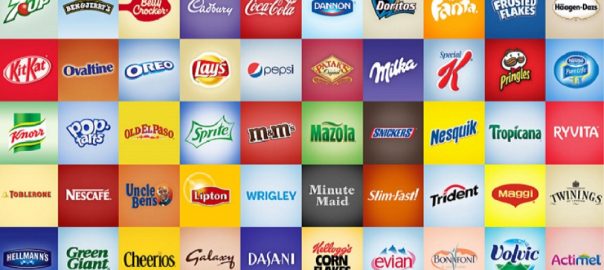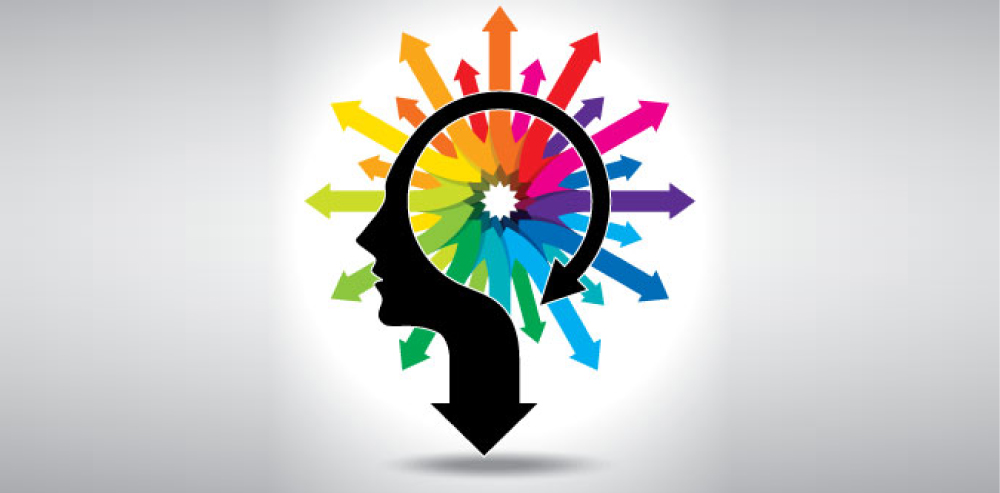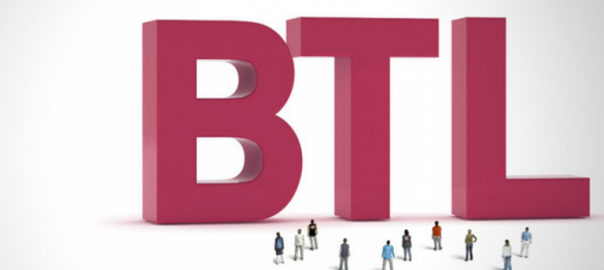Despite the uncertainty that currently exists in Mexico, before a series of changes that impact on the economy of the country, the companies have not dispensed with BTL marketing to maintain their promotion. And among the variety of strategies that it integrates, the activations continue as the leading discipline.
In 2018, of the 55,291 million pesos invested in Below The Line, 30.3 percent went to activations, that is, 17,629 million pesos, according to the latest data from the Annual Investment Study in BTL 2019, carried out by the InformaBTL Research Department.
The promotion offered to a brand, the possibility it gives to interact and be in direct contact with the target, to offer a different experience and put a product in the hands of the consumer, are just some of the benefits that this strategy gives to the companies that use it, which has remained the favorite of the brands for a couple of years, as shown by the figures of said research department.
Activations in retailers
Even when a brand activation is not limited to a certain space to be carried out, that is, it can be done in open or closed places, retailers are places where, given the level of affluence, it is convenient for the activity to be run by more people.
Diana Lozada, brand beer manager Tecate mentioned that carrying them out in self-service stores is effective because, being in the same place where the product is sold, the customer is persuaded more, in order to awaken their interest and desire to Acquire the product in that same visit, in addition to that in that point of sale are given to know new products or promotions that motivate the purchase intention.
The cinemas are also another type of retailer where this strategy is ideal not only to direct the purchase decision, but also to be disruptive and surprise the customers, since until now they are not a point of sale where they see themselves with frequency differentiated activations. A case that illustrates this is what has been done by Cinemex for a few months, a company that invites part of the cast of some movie in theaters to surprise visitors, an action that benefits the branding of the chain of cinemas, while the makes it more relevant for the consumer, who can increase their visits to their complexes, with the desire to have a similar experience.
Bars and restaurants are other points of sale that, being centers of consumption and coexistence, encourage the purchase of food and beverages, so it becomes an excellent point of contact with the customer to activate it, make it known a certain product and motivate it to buy it in that same bar or restaurant, similar to what happens in a self-service.
Pharmacies are usually a retailer where the activations have gained strength, at least in Mexico, especially the categories such as skin care products or personal hygiene items.
Price clubs are other establishments where activations are recurrent, especially in departments where electronic exhibits, non-perishable products, wines and liquors are displayed, among others.
As for the spaces that can be strategic and represent an area of opportunity, are the gyms, places where an activation of products for personal care and beauty, as well as foods low in fat and sugar, to name a few.
Source: Informabtl.com


 Español
Español
